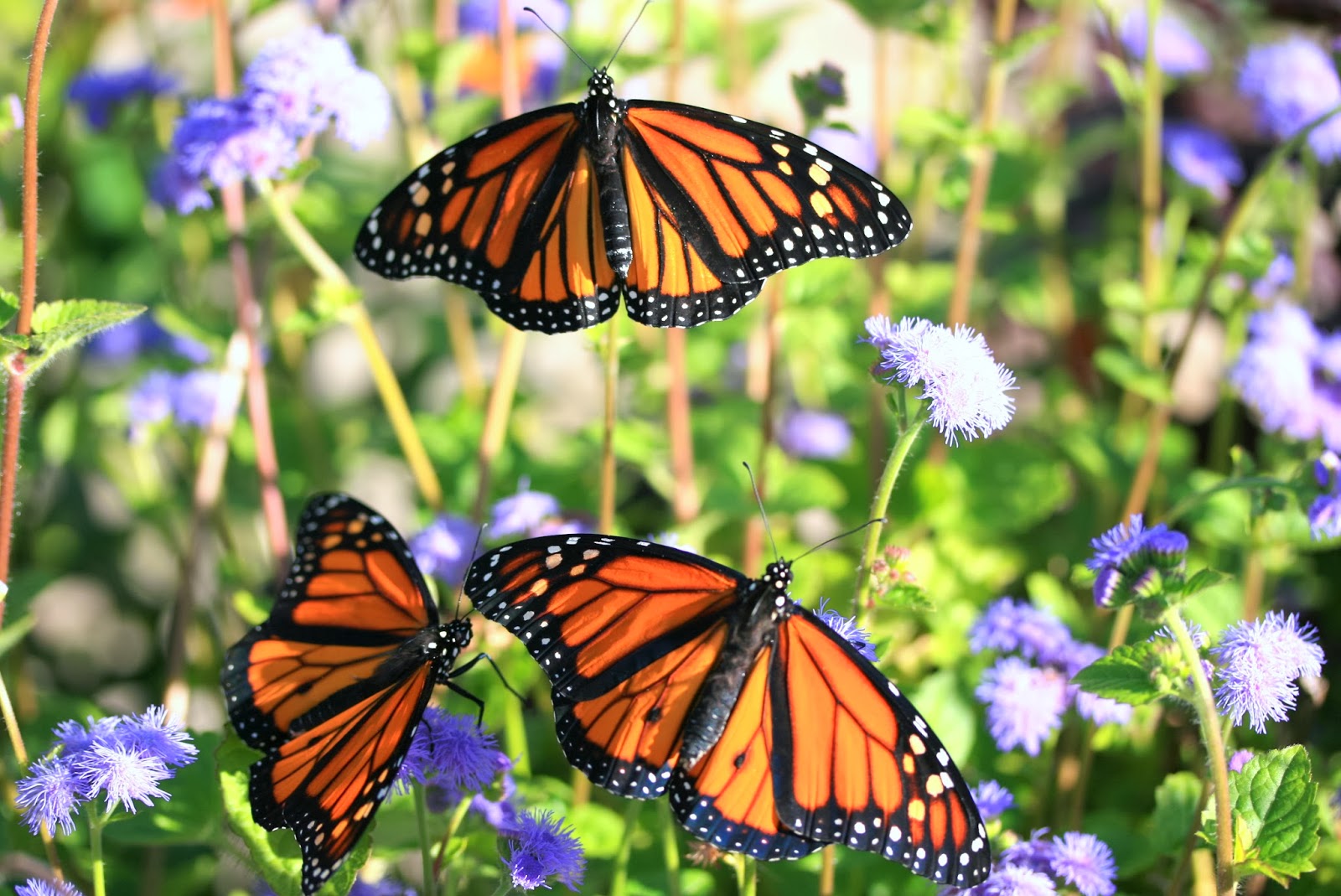 Well, friends we are 17 days out from the First Day of Spring. I capitalize it because for me, it is akin to a National Holiday! In Chicago (and elsewhere) this winter has been long, been dark and way more snowy and bitter cold than normal. I neglected getting my caterpillar house into the garage for most of the winter, so time will tell if my 55 black swallowtail b-flies will hatch or not. The photo on the left is from Jan. 5th, the date of the first polar vortex. I am hoping the snow insulated the house enough. All I can do now is wait.
Well, friends we are 17 days out from the First Day of Spring. I capitalize it because for me, it is akin to a National Holiday! In Chicago (and elsewhere) this winter has been long, been dark and way more snowy and bitter cold than normal. I neglected getting my caterpillar house into the garage for most of the winter, so time will tell if my 55 black swallowtail b-flies will hatch or not. The photo on the left is from Jan. 5th, the date of the first polar vortex. I am hoping the snow insulated the house enough. All I can do now is wait. My hope is that the sheer force of the Earth tilting will force Mother Nature to turn of the snow faucet!
I am also getting very excited for this summer's monarch season. I have been editing last years' photos and I can't wait to see my little friends again!
One thing that has been keeping me going this winter is giving lectures on creating butterfly gardens and raising monarchs at home. I really love giving these lectures and hopefully to inspire one or two people to raise butterflies. I had my first inquiry after the Porter Co. Flower show. These two lovely ladies are so excited that they wanted to come by in February and "see my operation". Hahahaha, well is it a very small operation but I am hoping for more caterpillars this year. I am looking forward to coaching them when they need it.
I am so very excited about getting permission to register two sites at work as Monarch Waystations! I just got the clearance from the boss, Thanks! Those registrations will got through in the next three weeks.
What does Monarch Waystation mean, you ask? You can register your butterfly garden as a Monarch Waystation with the organization Monarchwatch.org. The criteria is simple, have a garden of a certain size, have nectaring plants, 2 or more species of milkweed, protection from wind and rain and voila! Your butterfly garden is a registered habitat.
 I know, I know, the news all over the country has been reporting the sad news of the smallest number of Monarchs to overwinter in Mexico. California has also reported lower than normal numbers of their migrating populations. The one thing I cling to is that we (humans) have only been monitoring these overwintering sites for about 20 years and the migration is probably about 10,000 years old. So as bleak as is looks, there could be improvement if our weather goes back to what we call normal. The most critical piece to the puzzle, this year, will be the spring weather in Texas. All the Monarchs in Mexico have begun mating and they will soon move on to their spring egg laying sites in southern Texas. If we have an upset in the weather as in 2012 and 2013, the Monarchs may be headed for an irreversible disaster to their populations. So please pay attention to the weather forecasts for Texas.
I know, I know, the news all over the country has been reporting the sad news of the smallest number of Monarchs to overwinter in Mexico. California has also reported lower than normal numbers of their migrating populations. The one thing I cling to is that we (humans) have only been monitoring these overwintering sites for about 20 years and the migration is probably about 10,000 years old. So as bleak as is looks, there could be improvement if our weather goes back to what we call normal. The most critical piece to the puzzle, this year, will be the spring weather in Texas. All the Monarchs in Mexico have begun mating and they will soon move on to their spring egg laying sites in southern Texas. If we have an upset in the weather as in 2012 and 2013, the Monarchs may be headed for an irreversible disaster to their populations. So please pay attention to the weather forecasts for Texas. 